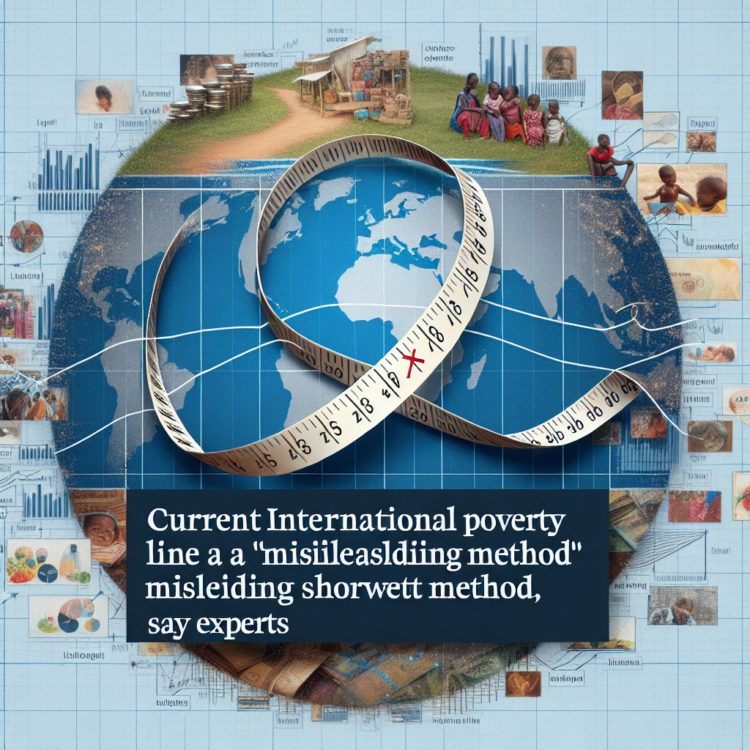Billions of dollars in foreign aid could be spent more effectively if international poverty statistics were more accurate, according to new research led by King’s College London.
Billions of dollars in foreign aid could be spent more effectively if international poverty statistics were more accurate, according to new research led by King’s College London.
Dr Michail Moatsos, a research fellow in the Department of International Development, says current methods for calculating the international poverty line lead to a skewed picture of how poverty is distributed across the world – and this is hampering attempts to eradicate it.
“Currently, international donors cannot prioritise their funds based on the best possible information and therefore funnel those funds to those most in need around the world. A $2.15 per day poverty line affords very different living standards across countries – even across low-income countries alone,” he said.
The newly published statistical analysis, published in the journal Humanities and Social Science Communications – Nature, tests the current method of poverty line calculation and demonstrates several flaws in both its methods and its findings.
As an example, Dr Moatsos points to the COVID pandemic, which in all likelihood increased the number of individuals living in conditions of poverty across the world. Yet, he says, the amount of uncertainty in the calculation of the poverty line do not allow us to even pinpoint the level of that increase – let alone its geographic distribution – at any reasonable level of certainty on a global scale.
The international poverty line is produced by the World Bank, by taking the middle, or median, value of national poverty lines created for every low-income country.
National Poverty Lines in middle- and low-income countries are generally calculated as the cost of food that would allow for enough calories on average – typically around 2100kcal per day per person – and on top of that, a non-food budget to account for expenses on housing, education, health, heating, transportation, clothing, communications, and other relatively basic needs.
The most important aspect is its cross-country comparability, which ensures similar living standards are being compared across nations.
Dr Moatsos said if a poverty line fails to do that, then our understanding of poverty is “very fuzzy”, and policy cannot be well informed from a global standpoint.
For example, when updating the value of the international poverty line for the latest data, which results at a line of US$2.15 per day in 2017 prices, the World Bank claims that the impact of this updating on the poverty statistics is marginal.
However, Dr Moatsos and his co-author, Dr Achillefs Lazopoulos from ETH Zurich, demonstrate that the difference is as much as 190 million individuals.
The main problem with the current method, they say, lies in the comparisons of ‘purchasing power’ which sits at the heart of the poverty line calculations. Purchasing power parities are used by economists to compare average incomes across countries but is sometimes also used in comparing living standards.
It is a compelling, and easy to apply, idea, says Dr Moatsos, but has many issues in practice, which end up skewing international comparisons of poverty.
“By judging global poverty with living standards that differ across countries we are not able to properly inform policy and distribution of funds on a global scale, and so the current approach delivers a misleading shortcut method,” he said.
“It is our view that any ‘one-size-fits-almost-all’ approach should be abandoned in monitoring global poverty, and a proper definition of absolute poverty should form the basis of a new approach,” the stud authors write.
Dr Moatsos says a better alternative already exists, with the agreement of 186 UN member states on the UN’s Copenhagen Declaration on Social Development in 1995 that defines what absolute poverty is. However, this is not yet implemented consistently across member states.
The authors conclude that “the adoption of alternative methods for monitoring global poverty should be considered in official capacity with urgency”.
Ends
Journal
Humanities and Social Sciences Communications
Article Title
Stress-testing the international poverty line and the official global poverty statistics
Article Publication Date
16-Jul-2024




